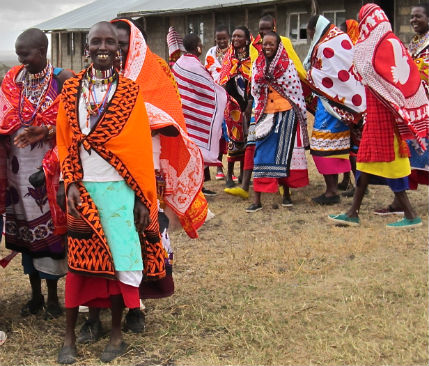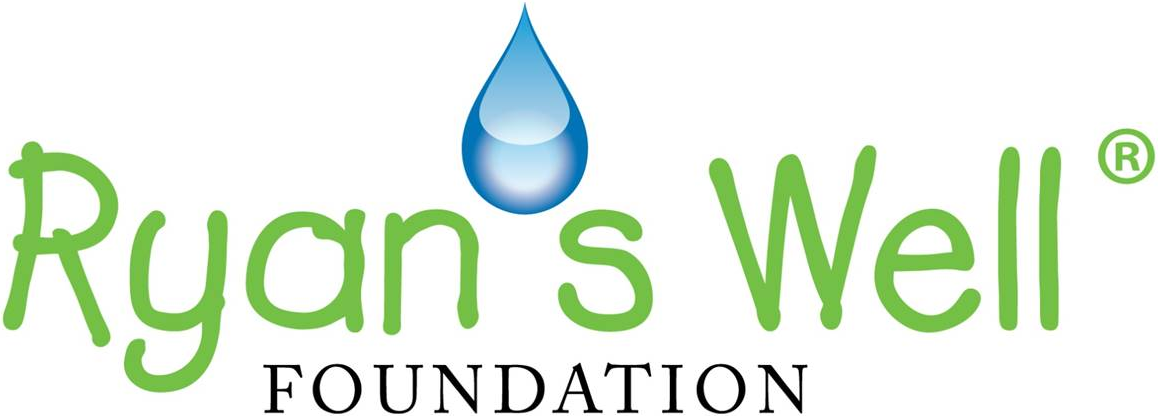
Kajiado County
Project Partner: Maasai Environment Development Consortium (MEDEC)
The Kajiado region of Kenya, south of Nairobi in the Great Rift Valley, faces serious challenges with water supply. Rainwater harvesting is a viable option for household water supplies in this region. Ryan’s Well is now building on the experience and success of earlier partnership projects with MEDEC that resulted in over 100 household tanks being constructed.
Maasai communities in the Kajiado region are adapting to new realities of daily life. Traditionally pastoralists, the livelihood of the Maasai people is inextricably linked to the availability of land, water and pasture. Changing climatic conditions in the region have had an impact on these traditions and limited development and education opportunities.
With the goal of continued support for household water supply as a means of improving livelihoods, Ryan’s Well and MEDEC continue to work together with common interest groups in the region. This collaboration seeks to effectively and efficiently address these problems, step by step, and focus on improving opportunities for women and girls.
Activities (revised 25 Jan 2013):
- Construction of 50 household rainwater harvesting tanks. Originally 25 tanks were planned and this goal has been increased!
- Development of a detailed monitoring tool to improve maintenance of tanks
- Household water usage assessment and education on best practices for management of household water supplies
- Training of women’s common interest groups for design and construction of rainwater harvesting tanks
*Costs include (in Canadian dollars): water quality monitoring, hygiene education activities, water source committee training, project monitoring, reporting & partner coordination for WASH sustainability, all construction, drilling, materials and labour as required.
Updates
18-March-2013 To date, the first 10 rainwater tanks (10,000 litres each) have been constructed. A meeting was held in order to identify vulnerable populations including households of elderly, ill, orphaned or widowed people. These groups have the least means to collect their own water and face many struggles each day. As such, 50 beneficiary households were identified to have rainwater tanks constructed.
In the first four days of the project, 12 schools were visited to mobilize teachers, students and communities around the WASH (water, sanitation and hygiene) program that was beginning. Workshop training sessions were held to share knowledge about the linkages between health and safe water, hygiene and sanitation. Our partners at MEDEC have put into use much of the information shared at the Community Health Promotion Workshop in November 2012.
